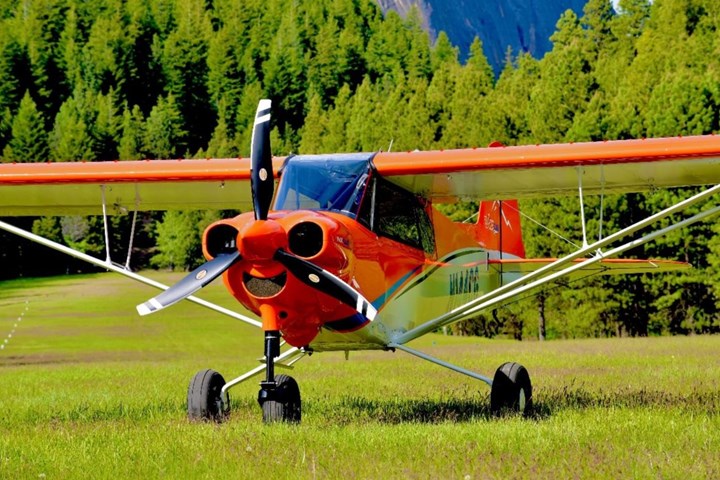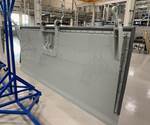Hartzell carbon fiber propellers chosen as option for Cubcrafter aircraft
The three-blade Pathfinder propeller, weighing in at 44 pounds, is an alternative to Hartzell’s two-blade carbon fiber Trailblazer prop.

CubCrafters’ NXCub with three-blade Pathfinder. Source | Hartzell
Composite and aluminum propeller manufacturer Hartzell Propeller (Piqua, Ohio, U.S.) reported on July 7 that aircraft manufacturer CubCrafters (Yakima, Wash., U.S.) has chosen two of Hartzell’s next-generation carbon fiber structural composite three-blade Pathfinder propellers as the sole options for CubCrafter’s nosewheel NXCub, which is headed to certification and production.
“The Hartzell team is very pleased to continue our longstanding relationship with CubCrafters,” comments Hartzell Propeller president JJ Frigge. “The new NXCub has the opportunity of opening up backcountry flying to a much broader portion of the pilot population, and we are privileged to take part.”
According to Hartzell, with updated aerodynamics and internal structure, the Pathfinder is quieter, smoother, and, like the popular two-blade Hartzell Trailblazer propeller, it is optimized for backcountry operations. The Pathfinder propeller with aluminum hub and structural composite blades weighs 44 pounds and is a three-blade alternative to the reliable Trailblazer prop.
Additionally, Hartzell points to its carbon fiber composite two-blade Trailblazer propeller, which will be standard equipment on the NXCub. Both Pathfinder and Trailblazer propellers will be offered with a 76-inch diameter on the aircraft. Paired with CubCrafters Lycoming CC393i engine, Hartzell says the propellers continue a tradition of increasing performance with the aircraft manufacturer.
“Hartzell was the perfect collaborator as we went through this process. Backcountry flying is a part of their heritage. Working with a teammate like Hartzell, with their experience developing new aircraft with OEMs, was a rewarding experience and will give our customers an extra measure of confidence wherever they fly,” says CubCrafters president Patrick Horgan.
Related Content
-
Composites manufacturing for general aviation aircraft
General aviation, certified and experimental, has increasingly embraced composites over the decades, a path further driven by leveraged innovation in materials and processes and the evolving AAM market.
-
Welding is not bonding
Discussion of the issues in our understanding of thermoplastic composite welded structures and certification of the latest materials and welding technologies for future airframes.
-
The potential for thermoplastic composite nacelles
Collins Aerospace draws on global team, decades of experience to demonstrate large, curved AFP and welded structures for the next generation of aircraft.















